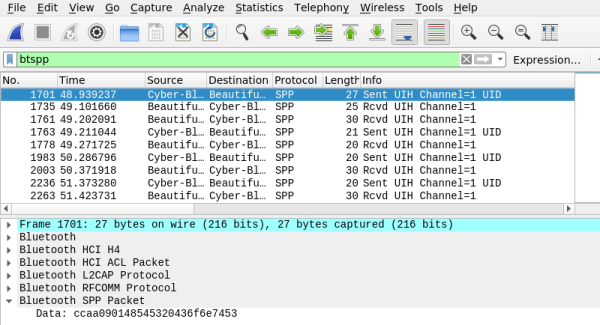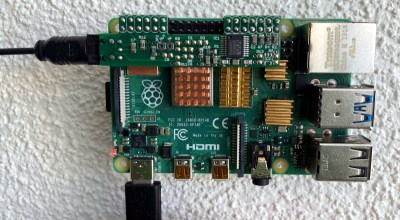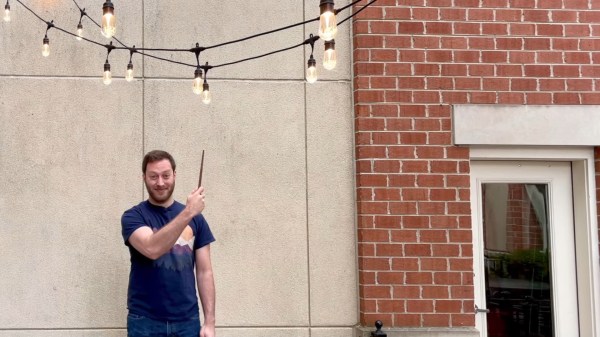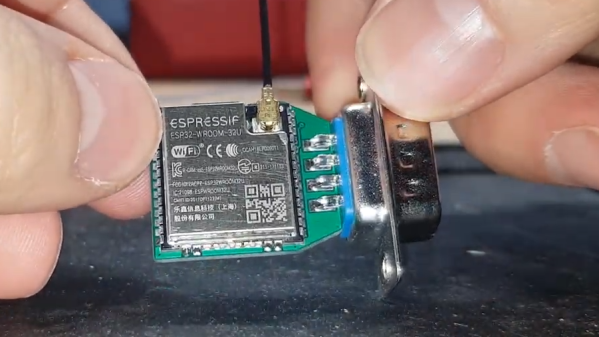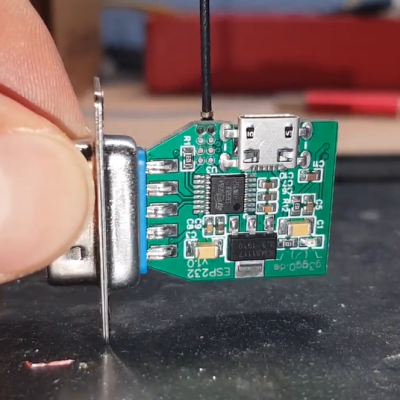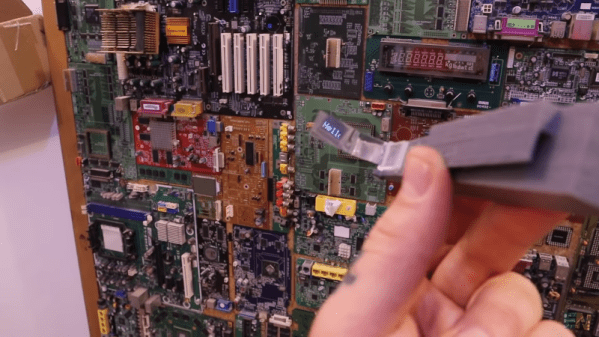Pandemic got you way behind on your exercise goals? Us too. But not [codaris] who bought an under-desk bike to get in a bit of cycling while banging away on the keyboard. The only bad thing about this bike is the accompanying app — it’s all-around weak and requires too many steps just to get to peddlin’. It pays to know thyself, and [codaris] knows that this will be a major de-motivator and made a desktop app that does it all, including/starting up as soon as the pedals start spinning.
[codaris] built a Windows application that displays workout data in real time and then saves the stats in a SQLite database after the pedaling stops. It took a fair amount of work to get there, logging the Bluetooth traffic during a ride and comparing that with Wireshark output from a live session to decode the communication between the bike and the app. Turns out there are six commands total, and [codaris] really only needs three — Connect, Start Workout, and Continue Workout.
The app displays the elapsed workout time, speed, distance traveled, and the current RPM. We love that it starts logging and displaying data as soon as [codaris] starts pedaling, because that would be a major goal for us, too.
There’s more than one way to hack a bike. [codaris] was inspired by [ptx2]’s excellent work to un-brick a much more expensive bike with a Raspberry Pi.
Thanks for the tip, [Jhart99]!



